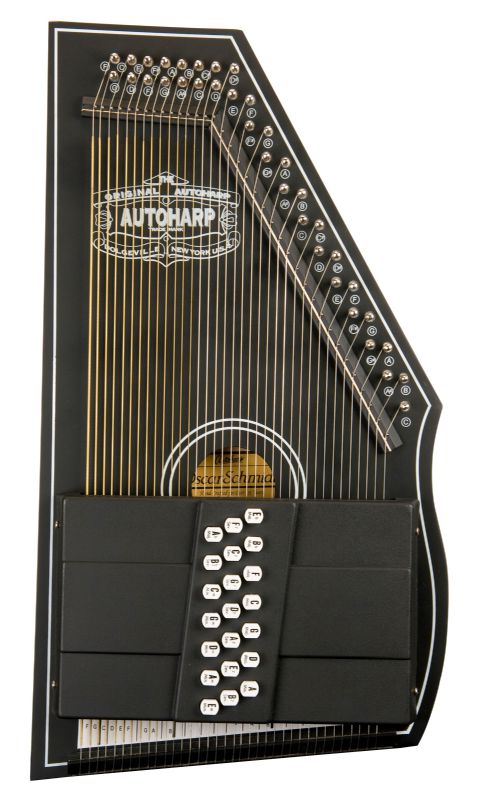List Price: $877.00
Description
Seen in the movie A Mighty Wind!
This 21-chord Autoharp plays in eleven different keys. The patented chord bar configuration makes it easy to learn and to continue to play for years to come. This beautiful 1930’s reissue is truly a unique instrument.
The classic design distinguishes it from all the rest. A true Oscar Schmidt tradition, this model gives a classic feel to a brand new instrument.
The Oscar Schmidt OS73C, OS73CE, and OS73B line of autoharps are a throwback to the 1930s. These autoharps have the appearance of older autoharps but feature the contraction of newer models.
The Oscar Schmidt OS73 line of autoharps have been featured in various movies such as A Mighty Wind and Walk The Line. This is a great looking instrument that calls back to the heyday of autoharps.
The OS73 is made from a combination of solid spruce and mahogany. The backside of this autoharp is made from mahogany. This will help compliment the sounds produced by the autoharp. Mahogany is also a very durable wood. The OS73 line of autoharps also features a satin finish. The satin finish will help create a louder sound as the finish isn’t as think as a glossy finish.
A couple of unique design features of the OS73 line of autoharps is instead of pin type bridge found on modern type autoharps, the OS73 features a traditional string bridge that the strings rest on. Also to keep with the heritage feel of the OS73 line of autoharps, Oscar Schmidt used“type A” strings. These types of strings were used on the original autoharps. They attach to the instrument using a peg and loop system. On modern-day autoharp, they use“type B” strings. These strings have a ball at the end that fits into a slot on the bottom of the instrument.
The OS73C is the acoustic 21 chord autoharp in the heritage line of autoharps from Oscar Schmidt. The OS73CE is the acoustic and electric version of the OS73C. The OS73CE features a passive pickup in the body of the instrument. In prior electric autoharps from Oscar Schmidt,



